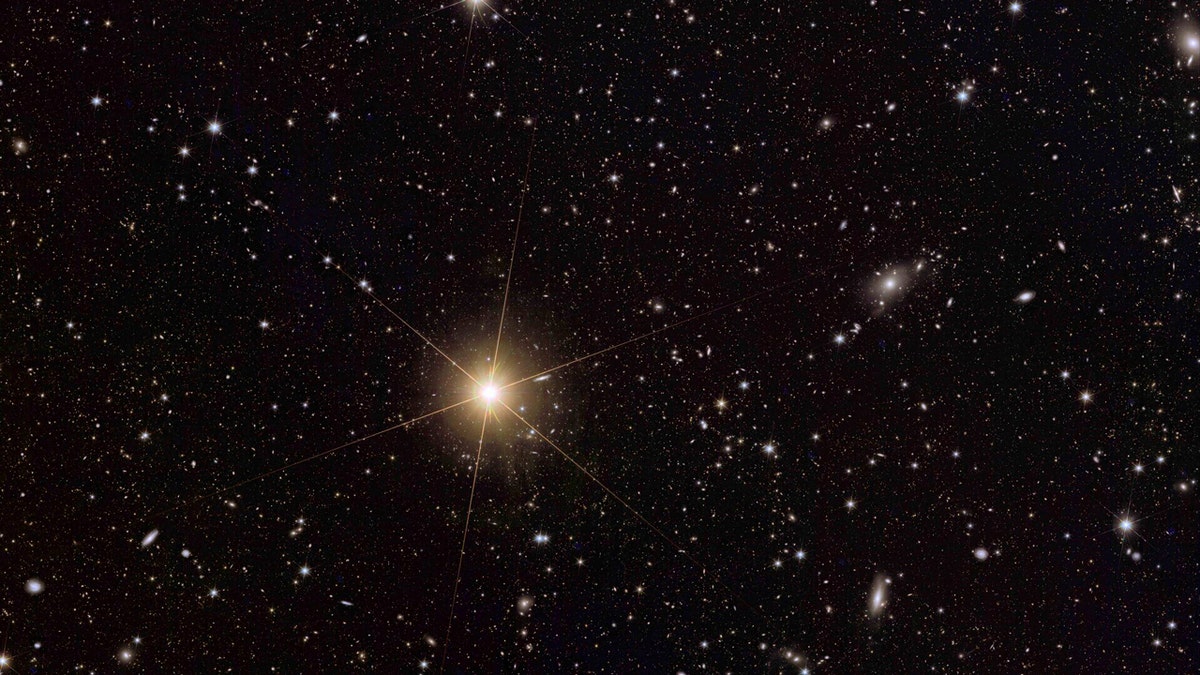SpaceX's Extravehicular Activity suit is revolutionary
The suit blend sleek design with advanced functionality.
A massive cradle of baby stars has been observed in new detail by a European space telescope, adding to its celestial collection of images.
The European Space Agency released the photos from the Euclid observatory on Thursday. They were taken following the telescope’s Florida launch last year as a warm-up act to its main job currently underway: surveying the so-called dark universe.
From its perch 1 million miles from Earth, Euclid will spend the next several years observing billions of galaxies covering more than one-third of the sky. The shape and size of all these galaxies can help scientists understand the mysterious dark energy and dark matter that make up most of the universe.
POWERFUL WEBB TELESCOPE SPIES SPECTACULAR STAR BIRTH CLUSTER BEYOND THE MILKY WAY

Euclid’s new image of the star-forming region Messier 78 is seen here. The European Space Agency released photos from the Euclid observatory on May 23, 2024. They were taken following the telescope's launch from Cape Canaveral, Florida, last year, as a warm-up act to the real job now under way: surveying the so-called dark universe. (European Space Agency via AP)
"Euclid is at the very beginning of its exciting journey to map the structure of the universe," the space agency's director general, Josef Aschbacher, said in a statement.

The ESA's space telescope, Euclid, took this image of the galaxy cluster Abell 2390. (European Space Agency via AP)
CLICK HERE TO GET THE FOX NEWS APP
Among the newly released pictures is one of an enormous cradle of baby stars some 1,300 light-years away known as Messier 78. A light-year is 5.8 trillion miles. Euclid's infrared camera peered through the dust enveloping the stellar nursery, revealing new regions of star formation, according to ESA.
